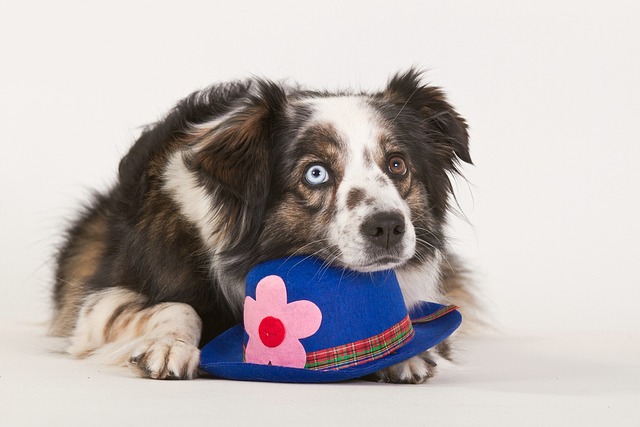
What are the most common dog diseases?
As a dog owner, there’s nothing scarier than seeing your furry friend under the weather. Understanding the most common dog diseases isn’t just about knowledge—it’s your first line of defense.
Picture your terrier happily destroying a $15 "natural" bone you bought at the pet store – but instead of dental benefits, they risk a $2,000 tooth fracture or intestinal blockage. The healthiest chew isn’t about trends; it’s about science-backed safety. Top veterinary dentists recommend two categories: digestible dental chews with the Veterinary Oral Health Council (VOHC) seal (like Purina Dentalife or Greenies), and textured rubber toys (Kong Dental Stick) that flex under pressure. Why? They mechanically scrub plaque without cracking molars. The magic test: press your thumbnail hard into the chew – if it doesn’t dent, it’s too hard. Rawhides? Avoid them – they swell in stomachs and cause choking hazards, especially in eager chewers.
For puppies or seniors, adapt strategically. Teething pups (under 6 months) need cold therapy: freeze wet washcloths or use puppy-specific rubber toys with nubs for gum relief. Senior dogs with worn teeth thrive with soft silicone brushes like PetSafe Dental Egg that massage gums. Always supervise – even healthy chews become risks when small chunks break off. In apartments, avoid hollow toys that echo through walls (your neighbors will thank you), and if your dog resource-guards, practice trading protocols: offer chicken to voluntarily surrender chews rather than confrontational grabs. This builds trust while preventing aggression.

Now, the compliance layer. While your pup chews contentedly in your Seattle apartment, remember legal basics: their collar must display current rabies tags 24/7 – legally required nationwide if they bolt out the door during a delivery. When chews go outdoors, carry EPA-approved biodegradable bags not just for poop, but to collect rubber fragments in parks. Letting your dog carry chews off-leash violates ordinances and risks fights. After chewing sessions, check for bleeding gums or reluctance to chew – these signal periodontal disease needing immediate vet attention (costing $500+ if ignored).
Special scenarios demand extra care:
Power chewers (German Shepherds): Use extra-tough VOHC chews but limit to 10-minute sessions
Food-sensitive dogs: Opt for single-ingredient chews like dried sweet potato slices
Multi-dog homes: Separate chewers to prevent competition – never share edible chews
Rainy climates: Store rubber toys away from moisture to prevent mold in crevices
Ultimately, the healthiest chew solves multiple needs: cleans teeth, satisfies instincts, and prevents destruction of your sofa. Pair it with enzymatic toothpaste 3x weekly for maximum benefit. When chosen wisely, that satisfying crunch protects more than teeth – it safeguards your dog’s health and your peace of mind in shared communities.

As a dog owner, there’s nothing scarier than seeing your furry friend under the weather. Understanding the most common dog diseases isn’t just about knowledge—it’s your first line of defense.

Picture this: It’s 7 AM in your Seattle apartment, and your golden retriever, Bailey, greets you with breath that could wilt flowers.

Picture this: You're chopping rainbow carrots for dinner in your Chicago apartment when your Labrador, Bear, plants hopeful eyes on the cutting board.

Imagine coming home after a long day, and your new furry friend runs to greet you at the door. It’s a heartwarming moment that makes you wonder:

Ever caught yourself staring at your pregnant furball,wondering when those tiny paws will finally make their debut?The anticipation can feel endless,but understanding a dog's pregnancy timeline is key to keeping both mom and puppies safe.

Picture this: You’re sipping morning coffee in your Brooklyn apartment while your toy poodle, Charlie, nudges his empty bowl. Or maybe you’re rushing home from work in London,